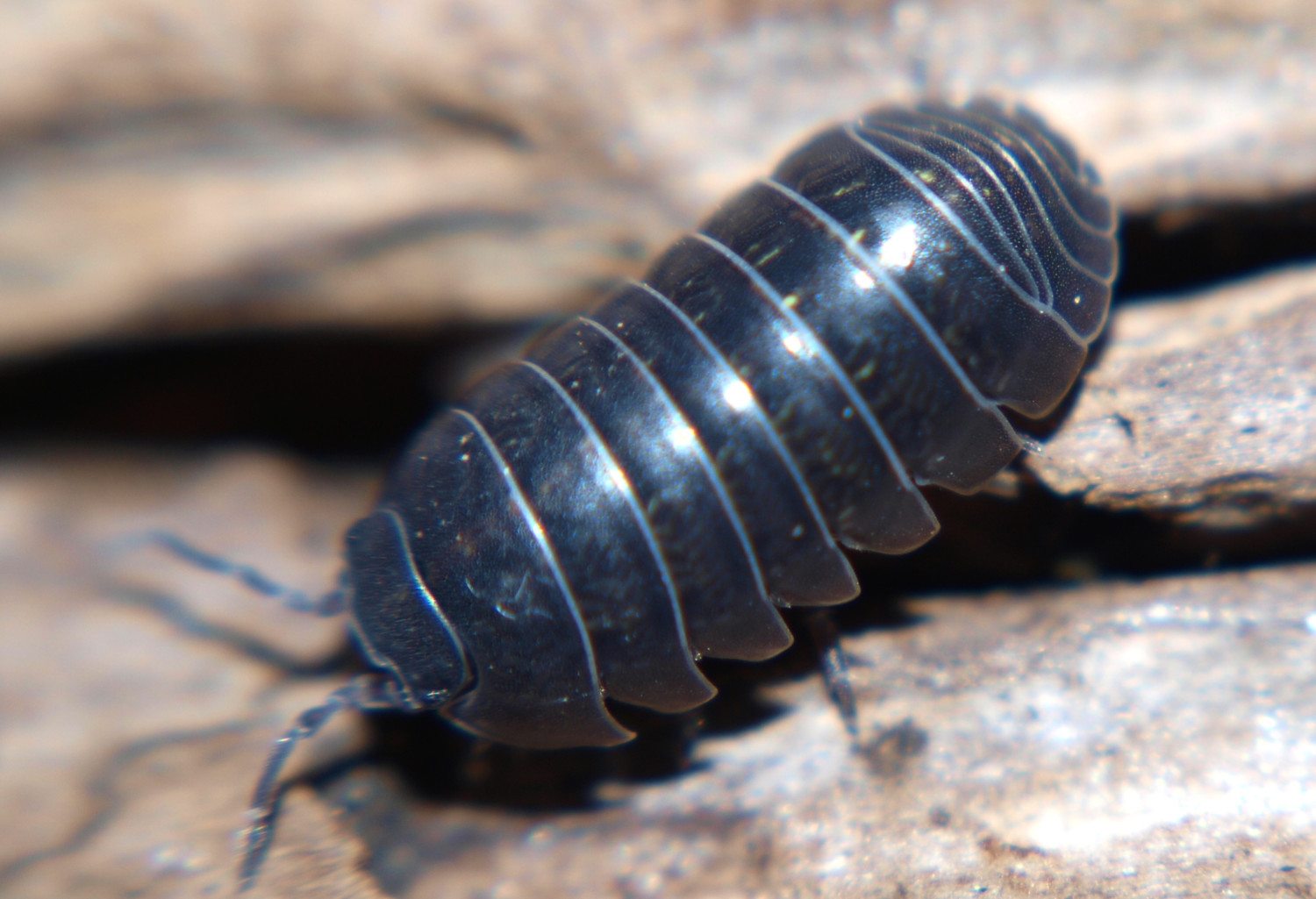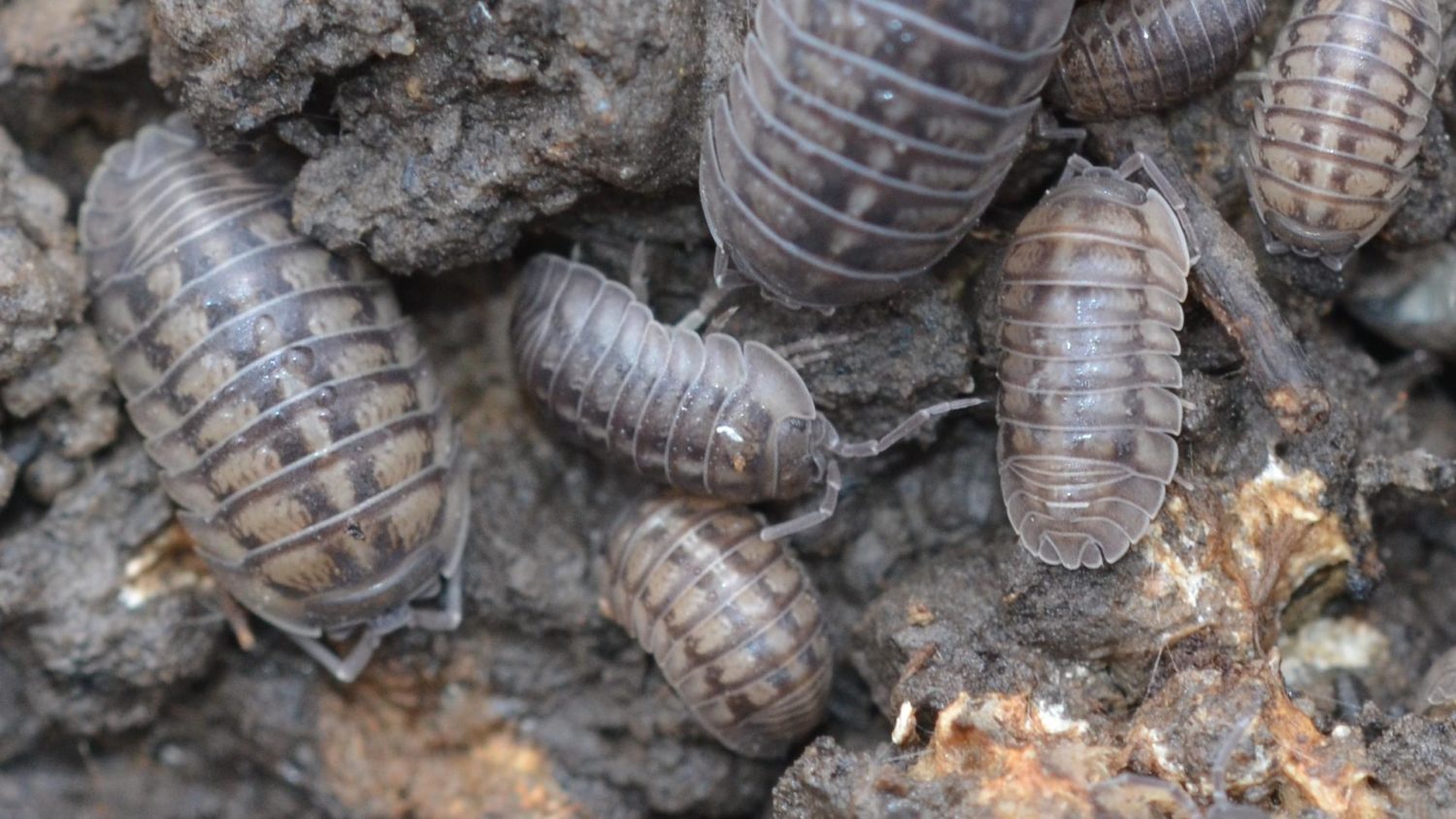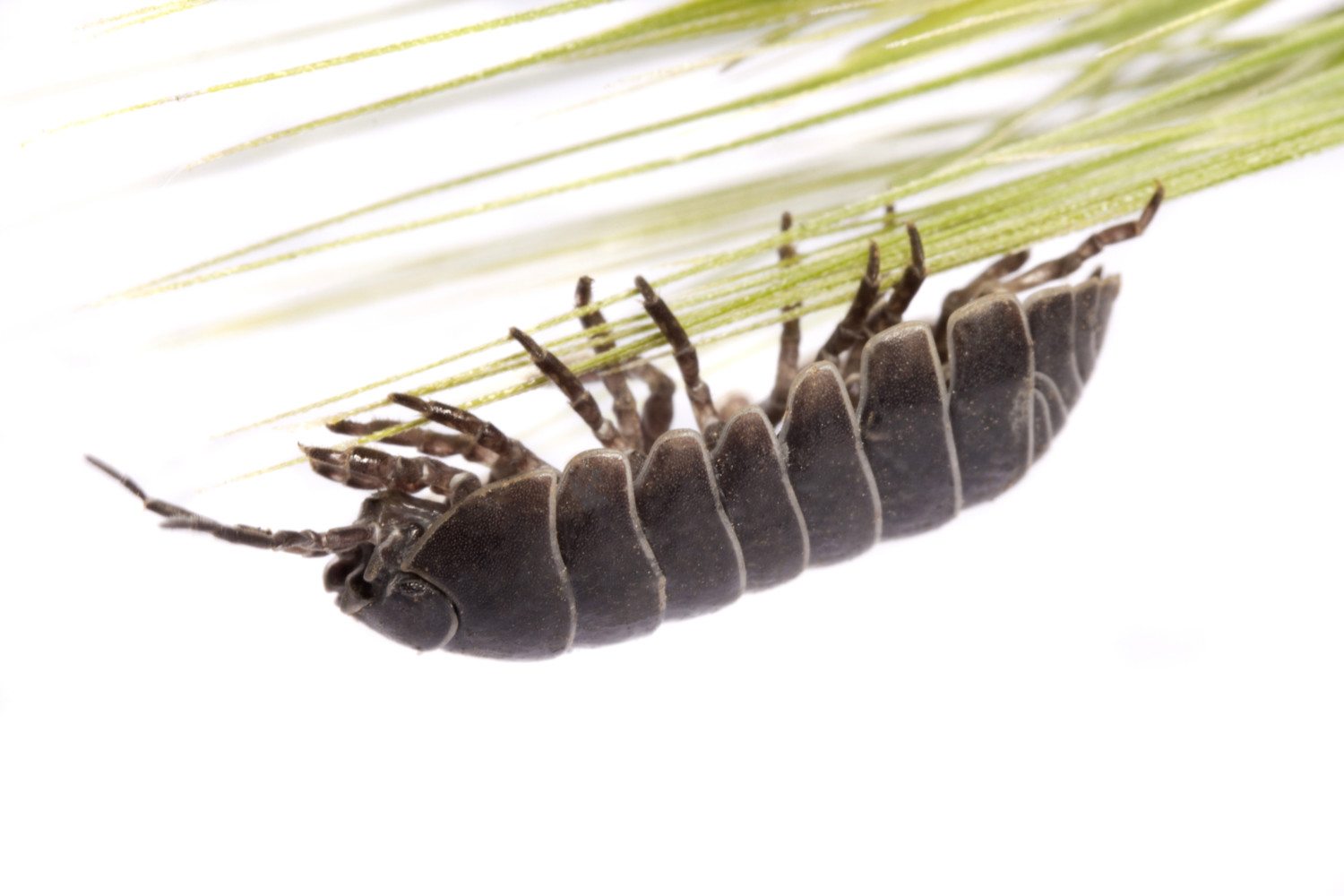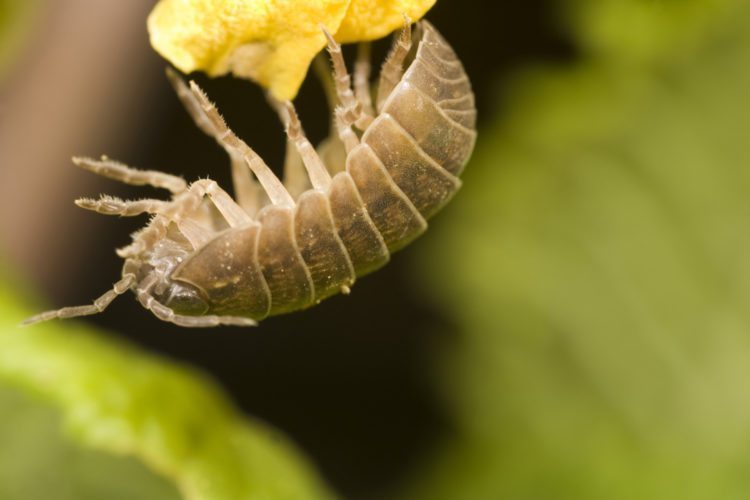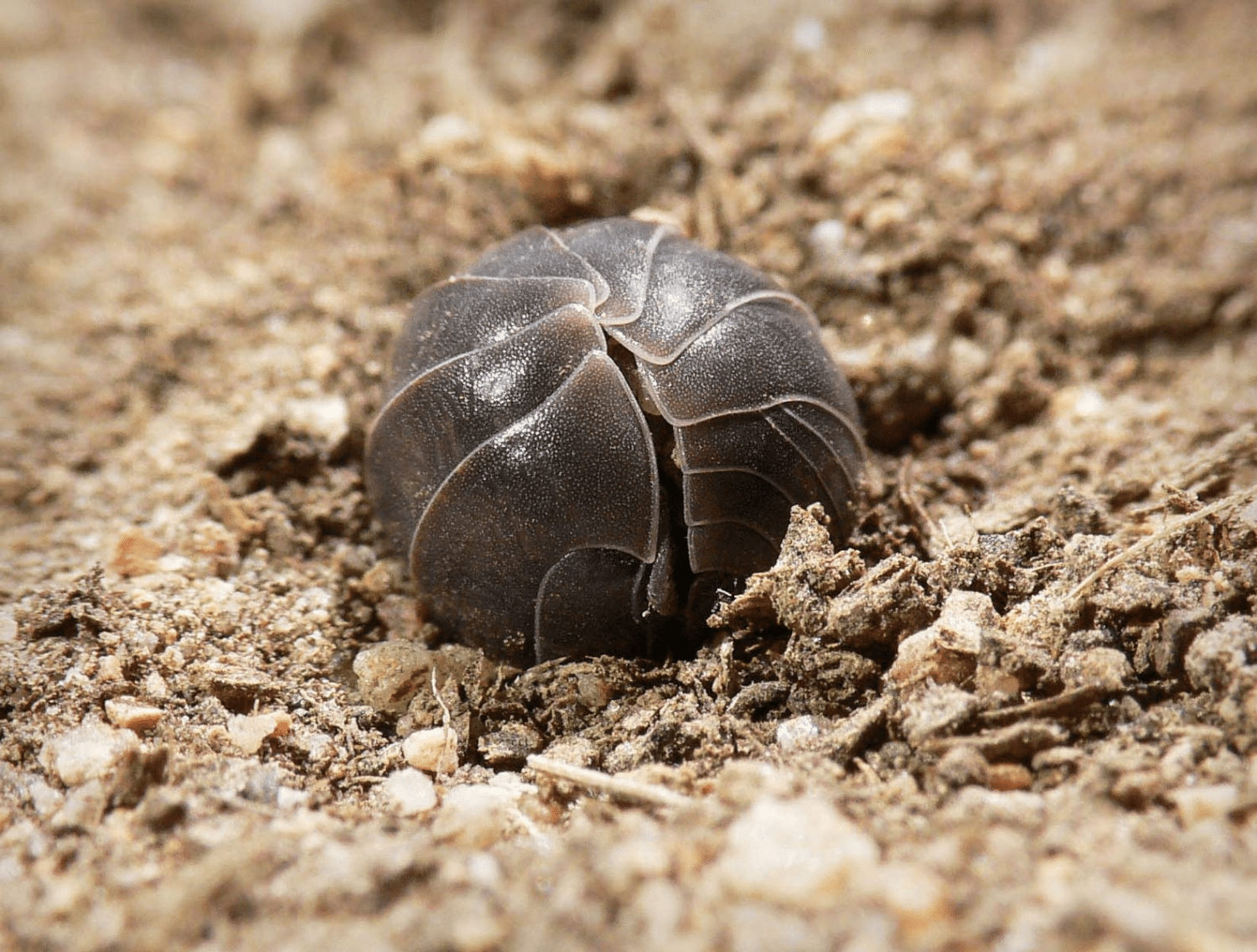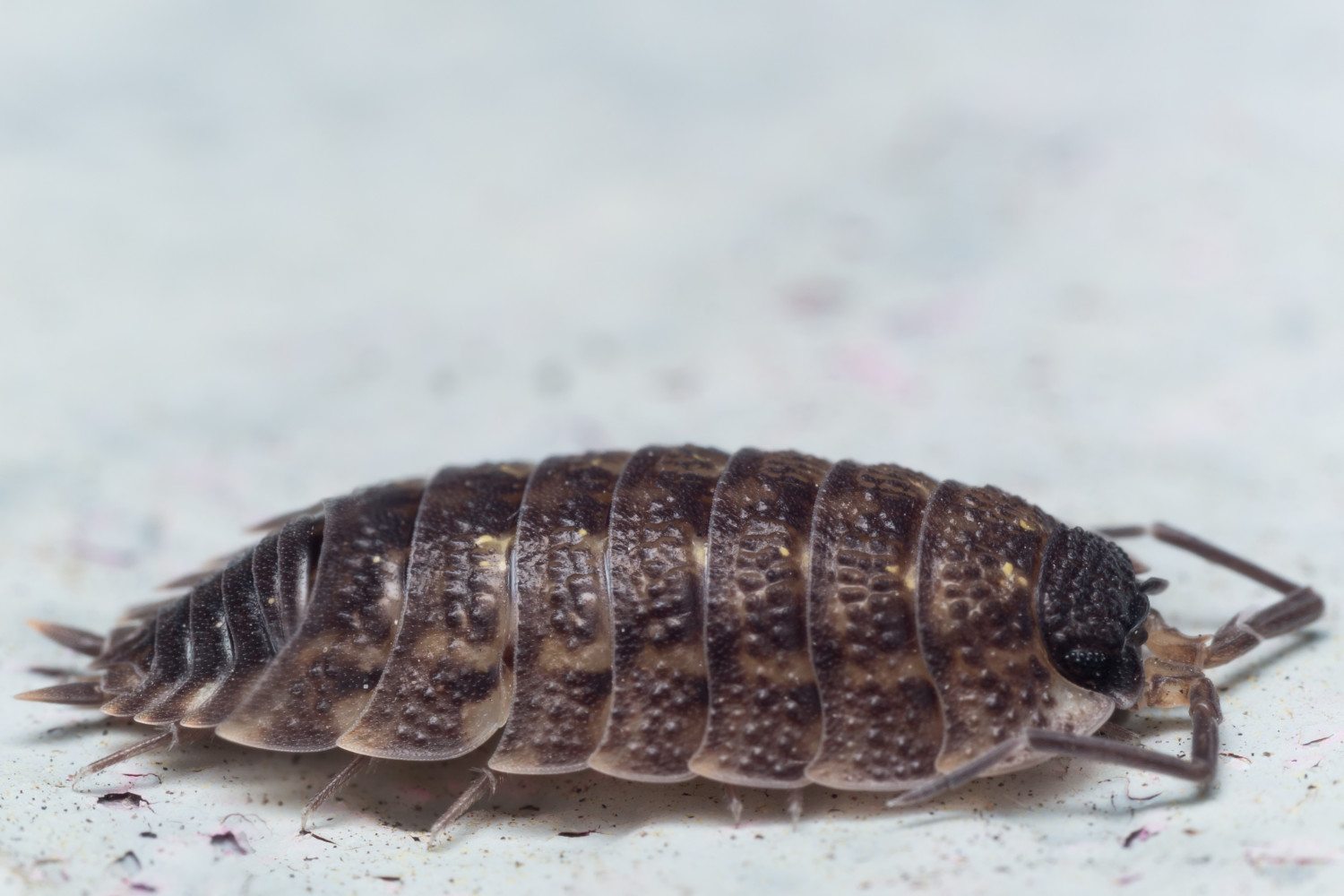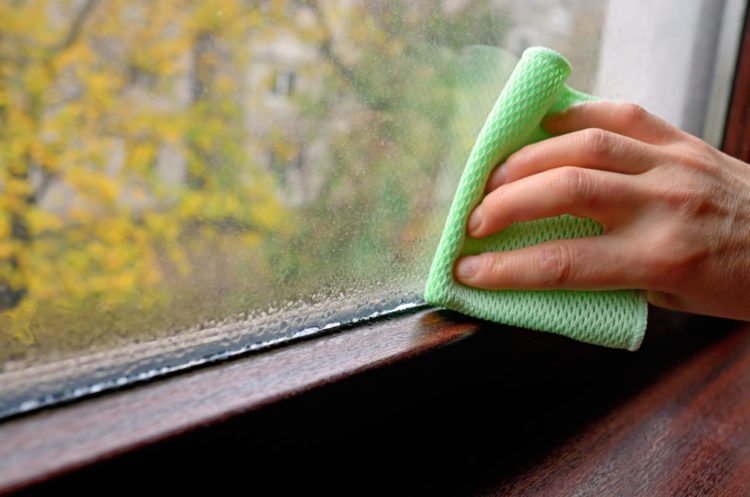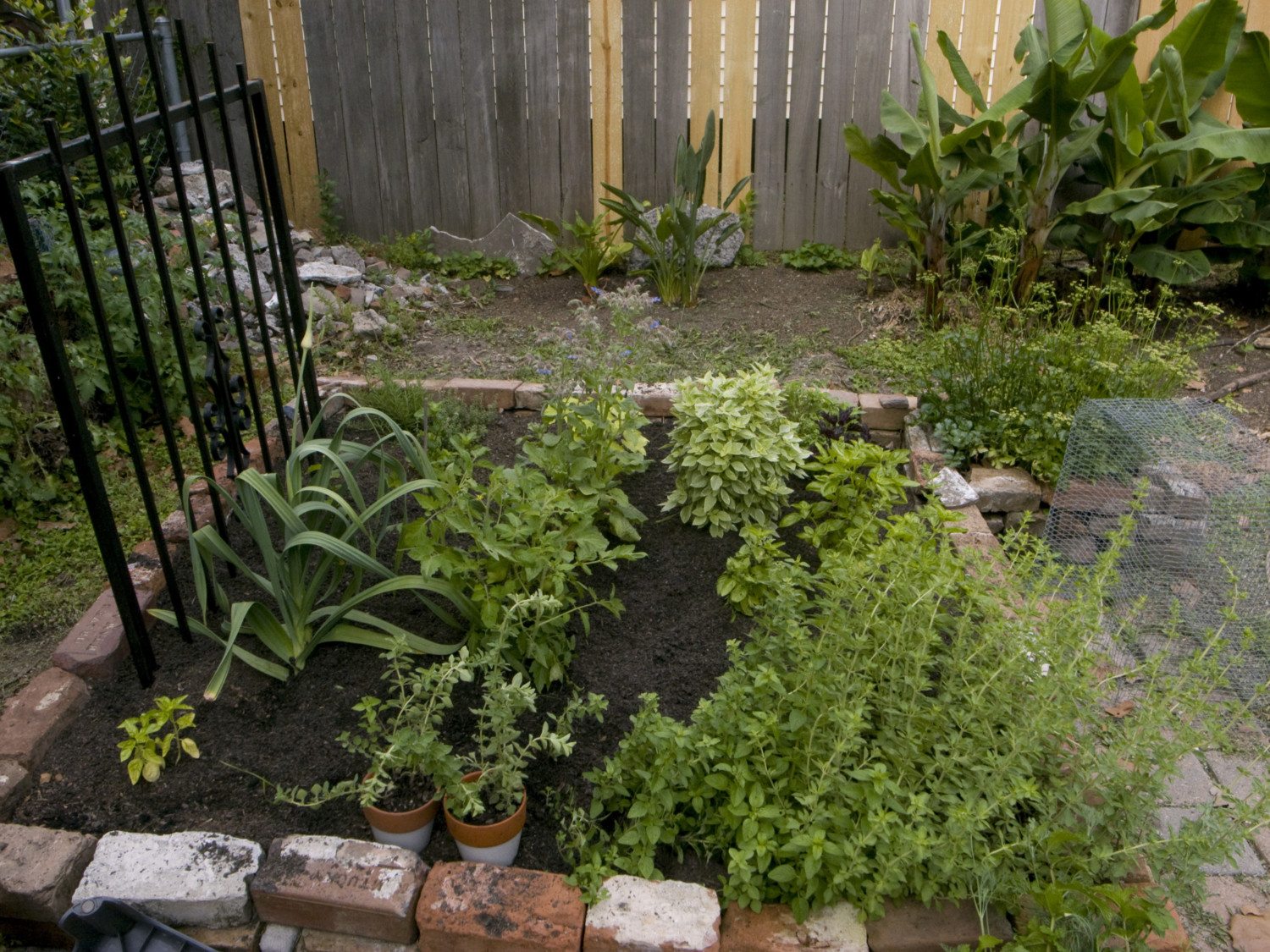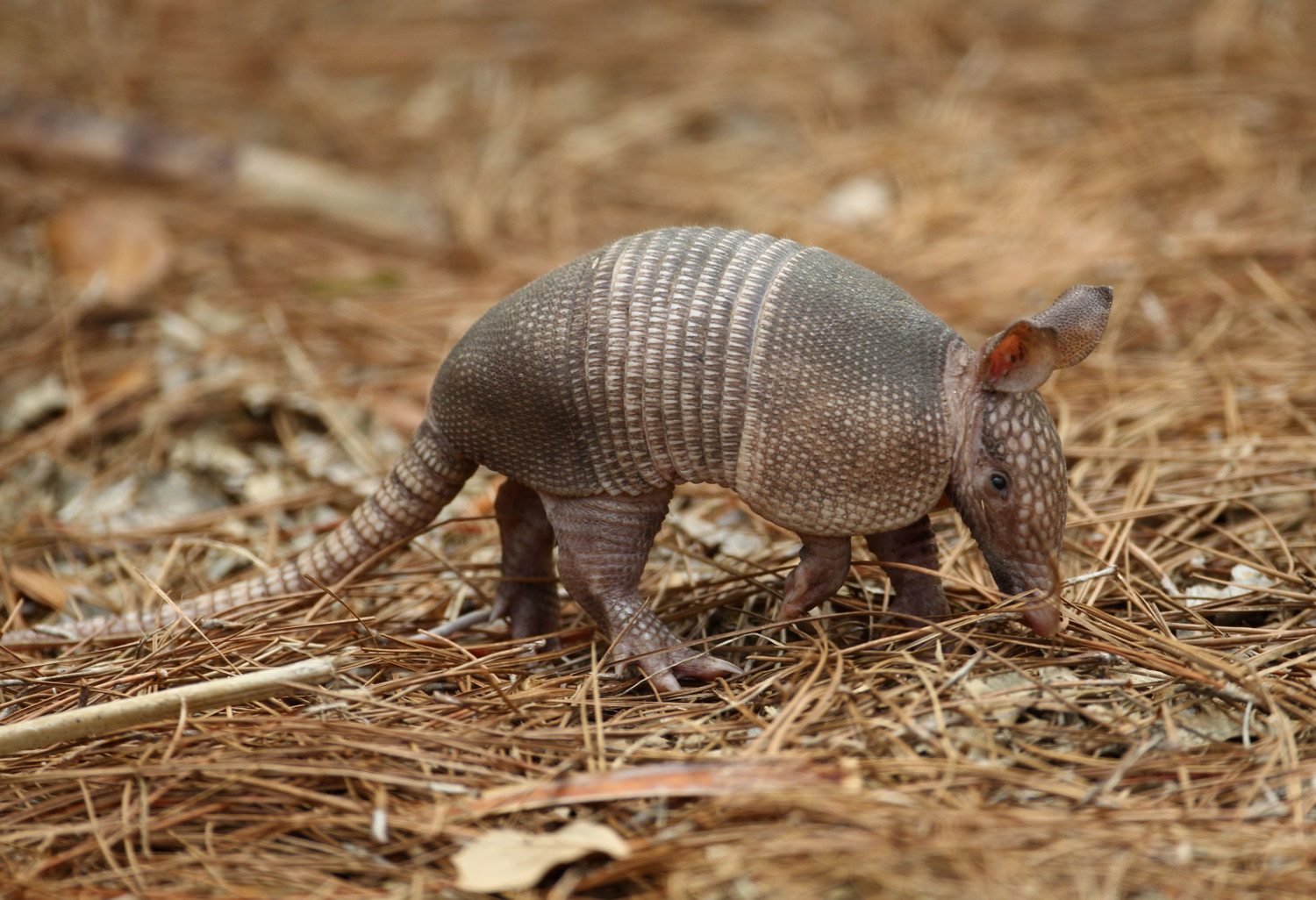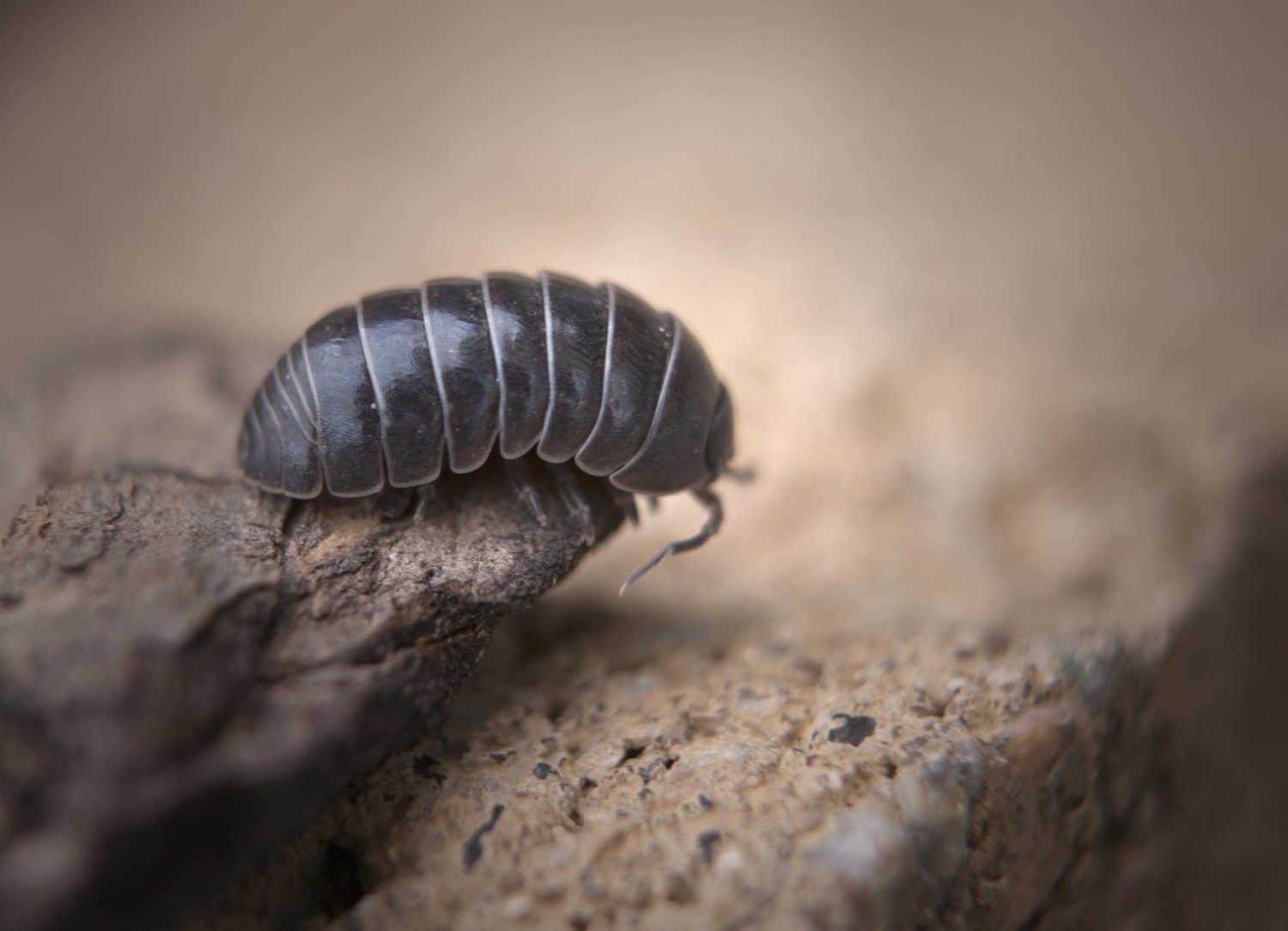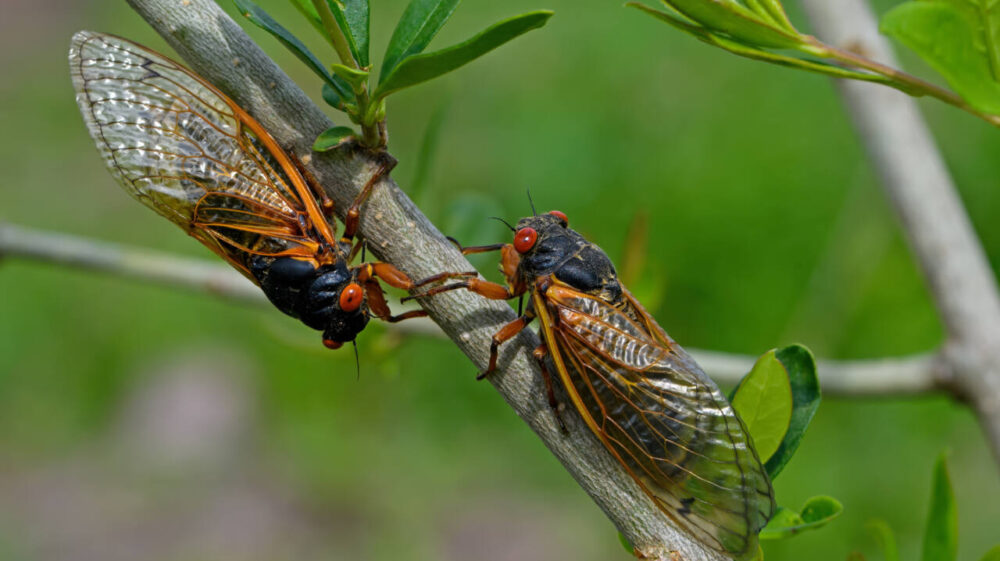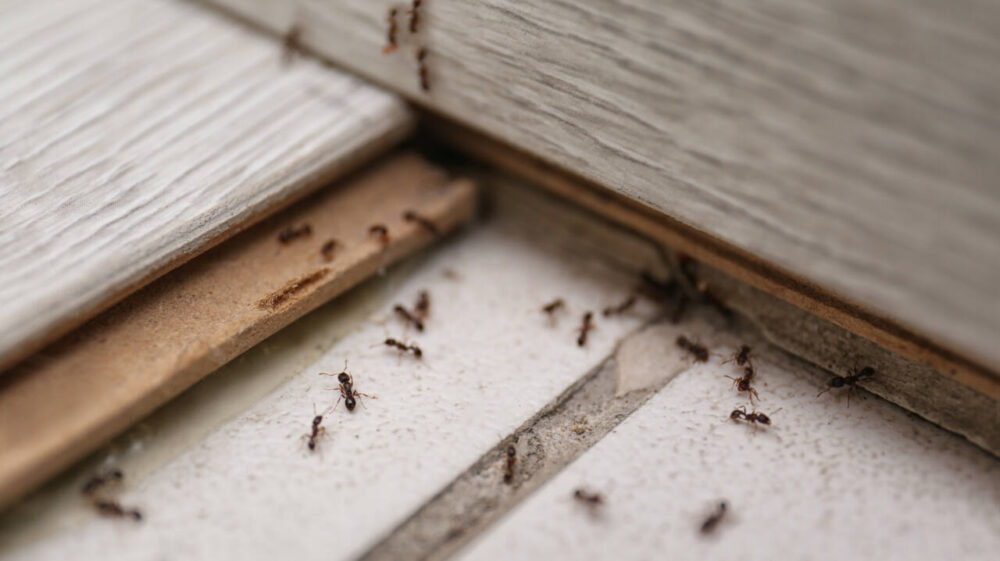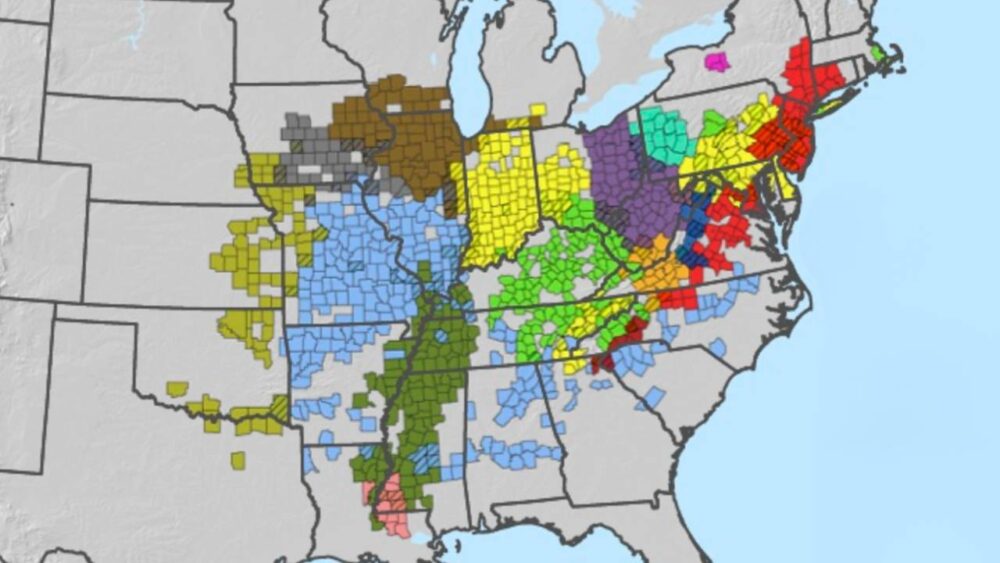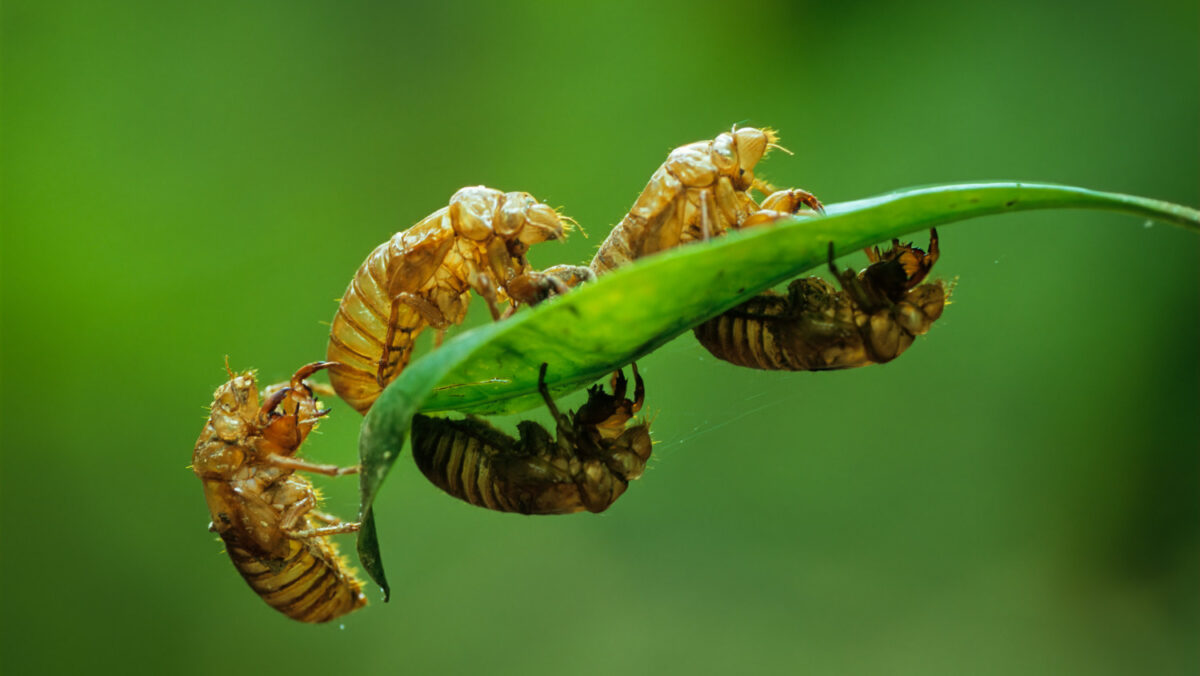Roly Polies Aren’t Actually Bugs And Now We’re Questioning Everything
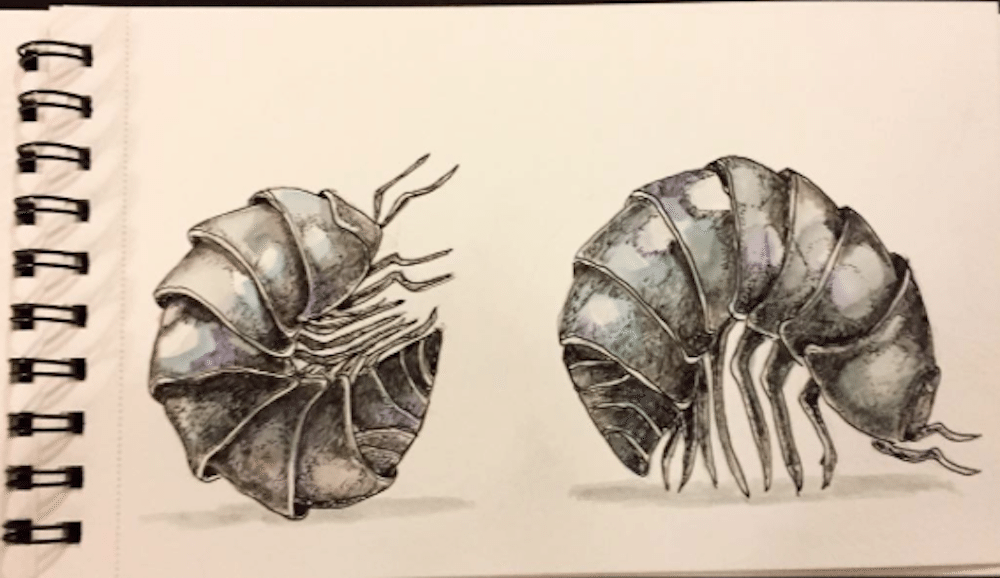
If you don’t remember those little grey bugs known as pill bugs or roly-polies, I’m not sure what you were doing with your childhood.
To me, these creatures are synonymous with summer and digging around in my backyard. They don’t gross me out, as far as bugs go, and it was always fun to watch them roll up into little balls — hence the name.
Well, it turns out that childhood was basically a lie: Roly-polies aren’t bugs at all.
Here’s what they actually are:
They’re crustaceans.
That’s right, crustaceans. This means they’re more similar to your shrimp cocktail than any of the other bugs crawling around in your garden.
According to the American Orchid Society (which probably knows a thing or two about bugs), roly-polies are closely related to “lobsters, crabs and shrimp.”
Though most traditional crustaceans (like the ones we eat) live in or near water, pill bugs need a damper habitat to protect their delicate “gill-like breathing organs” that are located on their undersides.
This is where the roly-poly signature move and name come in — they curl up into a ball to protect these organs that have to be kept damp to work.
https://www.instagram.com/p/BPblQogDMOI/?tagged=rolypoly
Here are a couple of other fun facts about roly-polies:
1. They like humid conditions.
Roly-polies prefer to live in humid, sheltered areas that are full of decaying vegetation. That’s why you can always find them under logs and rocks or in piles of dead leaves during early fall.
2. They live an average of two years.
According to Pest World for Kids, roly-polies have a lifespan of about two years.
RELATED: 10 Ways To Keep Cockroaches Out Of Your Home
3. Keeping your home dry will keep them at bay.
They can’t live if they get too dry. So if you have a basement infestation, make sure all of your windows are properly sealed and that the floor stays dry.
To help keep them out of your home, Pest World for Kids recommends making sure the areas in and outside your home are clean and dry, and that the area around your foundation is clear of leaves.
4. They are scavengers.
Roly-polies feed mostly on decaying plant and animal material. However, they will also eat live plants.
Andrea, the woman behind the Little Big Harvest blog has some good tips for protecting your plants from roly-polies, such as keeping young seedlings inside and putting plants that bear fruit off the ground in a pot or on a trellis.
She notes that these little crustaceans are mostly good for a garden, given how they assist in the soil’s decomposition process.
5. They’re also known as pill bugs or doodlebugs.
And their Latin name? Armadillidiidae. Their hard shells do look like an armadillo’s, come to think of it.
RELATED: Here’s The Purpose Of Those Sidewalk Bumps
6. They Are Often Confused With Sow Bugs
Though these critters go by lots of names, there is another bug that is somewhat similar: the sow bug.
The difference between the two is that roly-polies can roll into a ball, tucking their legs inside. Sowbugs, on the other hand, are not blessed with this unique ability. Sowbugs also have oval-shaped bodies, whereas roly-polies are rounder.
At least now I know the reason I’m less grossed out by roly-polies than other bugs — they were never bugs to begin with!
Now I just want to know how I managed to miss this crucial detail in science class …


